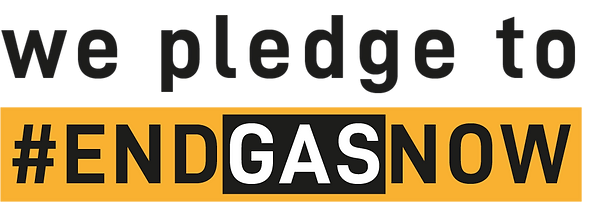BB101 – what’s happening?
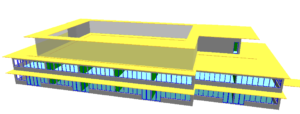
We wanted to do some digging to understand what’s happening with the new version of BB101 and what impact it may have on modelling for schools. We thought we’d share what we found in case it is useful to others in the modelling community. Please share and let us know if you have any experience […]
Read More- Posted by
 Susie Diamond
Susie Diamond - Posted in Overheating, Research
 Oct, 11, 2017
Oct, 11, 2017 Comments Off on BB101 – what’s happening?
Comments Off on BB101 – what’s happening?
Inkling respond

We were asked by the CIBSE Journal to respond to a recent Telegraph article that criticised the modelling community and pointing the finger at us for the performance gap. Our response was printed in the June edition and we’ve reproduced it below. A recent article in The Telegraph, ‘Energy scandal: misleading efficiency claims leading to huge bills […]
Read More- Posted by
 Susie Diamond
Susie Diamond - Posted in CIBSE, Claire Das Bhaumik, Media, Susie Diamond
 Jun, 06, 2017
Jun, 06, 2017 Comments Off on Inkling respond
Comments Off on Inkling respond
Inkling and TM59
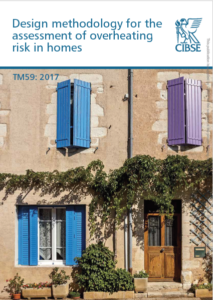
Inkling are very proud to have been involved in the writing of the new CIBSE TM59 Design methodology for the assessment of overheating risk in homes. Susie was part of the team right from the beginning, participating in the early Zero Carbon Hub workshops and collaborating all the way through to publication with CIBSE, UCL, Arup […]
Read More- Posted by
 Susie Diamond
Susie Diamond - Posted in CIBSE, Overheating, Publications, Research
 May, 22, 2017
May, 22, 2017 Comments Off on Inkling and TM59
Comments Off on Inkling and TM59
Susie’s notes from CIBSE Technical Symposium 2017

Susie was the Inkling representative at this years Technical Symposium held in Loughborough 5-6th April 2017. She diligently tweeted and took notes, and has compiled this storify to offer an impartial digested read of proceedings: https://storify.com/InklingLLP/technical-symposium-2017 moved to https://wakelet.com/wake/867a1968-581c-4553-8b05-74f102cda065 Image tweeted by Tom Corbett @Corbssss Conclusions listed are: The carbon intensity of the UK national grid has […]
Read More- Posted by
 Susie Diamond
Susie Diamond - Posted in CIBSE, Events, Research, Susie Diamond
 Apr, 07, 2017
Apr, 07, 2017 Comments Off on Susie’s notes from CIBSE Technical Symposium 2017
Comments Off on Susie’s notes from CIBSE Technical Symposium 2017
Susie Diamond co presents CIBSE Weather Data Sets Webinar
Susie Diamond co presented the CIBSE Weather Data Sets Webinar on 23rd February 2017 discussing the new CIBSE weather datasets, their key characteristics and their use in practice. The event had over 300 attendees, also speaking were Anastasia Mylona, Research Manager at CIBSE and Dane Virk, Graduate Engineer at ATKINS.
- Posted by
 Claire Das Bhaumik
Claire Das Bhaumik - Posted in CIBSE, Events, Media, Susie Diamond
 Mar, 20, 2017
Mar, 20, 2017 Comments Off on Susie Diamond co presents CIBSE Weather Data Sets Webinar
Comments Off on Susie Diamond co presents CIBSE Weather Data Sets Webinar
Inkling at CIBSE Conference 2016
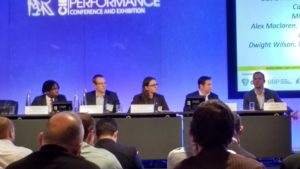
Susie attended this years CIBSE conference on behalf of Inkling. It was a good conference with key themes of well-being and data management. Here is the Storify which links all Susie’s tweets from the two days: https://storify.com/InklingLLP/cibse-conference-2016 moved to: https://wakelet.com/wake/350c08bf-d5b6-4198-8a09-fd7c472630eb
Read More- Posted by
 Susie Diamond
Susie Diamond - Posted in CIBSE, Events, Research, Susie Diamond
 Nov, 21, 2016
Nov, 21, 2016 Comments Off on Inkling at CIBSE Conference 2016
Comments Off on Inkling at CIBSE Conference 2016
Susie interviewed for CIBSE podcast

This month I was asked to take part in a new CIBSE podcast initiative. As a big fan of podcasting, and with the subject of ‘Women in engineering’ I could hardly say no! I was interviewed at my kitchen table by Matt Snowden from CIBSE. We discuss the inception of WiBSE and the benefits of a […]
Read More- Posted by
 Susie Diamond
Susie Diamond - Posted in CIBSE, Media, Susie Diamond, WiBSE
 Jul, 15, 2016
Jul, 15, 2016 Comments Off on Susie interviewed for CIBSE podcast
Comments Off on Susie interviewed for CIBSE podcast
What’s with the weather?
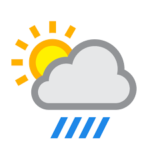
We have been taking a look at the new weather files that CIBSE have put out to replace the TRY and DSY datasets produced in 2005. The same 14 locations have been used, but the files have been through a rigorous process to select the data using an updated baseline of weather years (1984 to […]
Read More- Posted by
 Susie Diamond
Susie Diamond - Posted in CIBSE, Research
 May, 25, 2016
May, 25, 2016 Comments Off on What’s with the weather?
Comments Off on What’s with the weather?
Susie’s symposium special
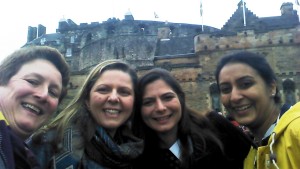
Rather than blog my notes from the CIBSE Technical Symposium 2016, I’ve decided to add them to a Storify which links all the tweets I sent during the event. Seems a good way to collate my thoughts. https://storify.com/InklingLLP/techsymp2016 moved to: https://wakelet.com/wake/a0b680b3-f3d2-454c-9420-e860535a0697
Read More- Posted by
 Susie Diamond
Susie Diamond - Posted in CIBSE, Events, Research
 Apr, 18, 2016
Apr, 18, 2016 Comments Off on Susie’s symposium special
Comments Off on Susie’s symposium special
Weather files and modelling overheating risk
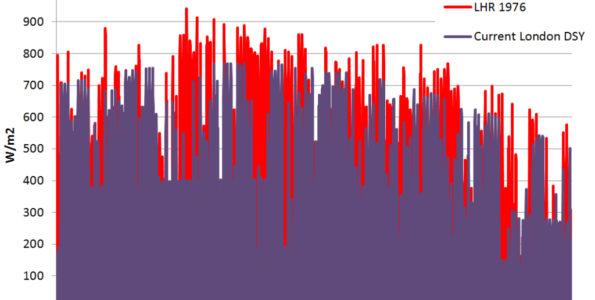
This blog offers our thoughts on the impact of weather file selection on modelling domestic overheating risk. This is part of an ongoing discussion currently taking place regarding defining a complete methodology for predicting domestic overheating risk which factors in weather file selection, occupancy and gain profiles and setting the pass/fail thresholds. The weather […]
Read More- Posted by
 Claire Das Bhaumik
Claire Das Bhaumik - Posted in Overheating, Research
 Mar, 31, 2016
Mar, 31, 2016 Comments Off on Weather files and modelling overheating risk
Comments Off on Weather files and modelling overheating risk

 Susie: 07972 263 676
Susie: 07972 263 676
 Join Us On In.com
Join Us On In.com